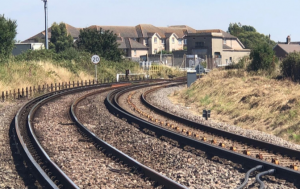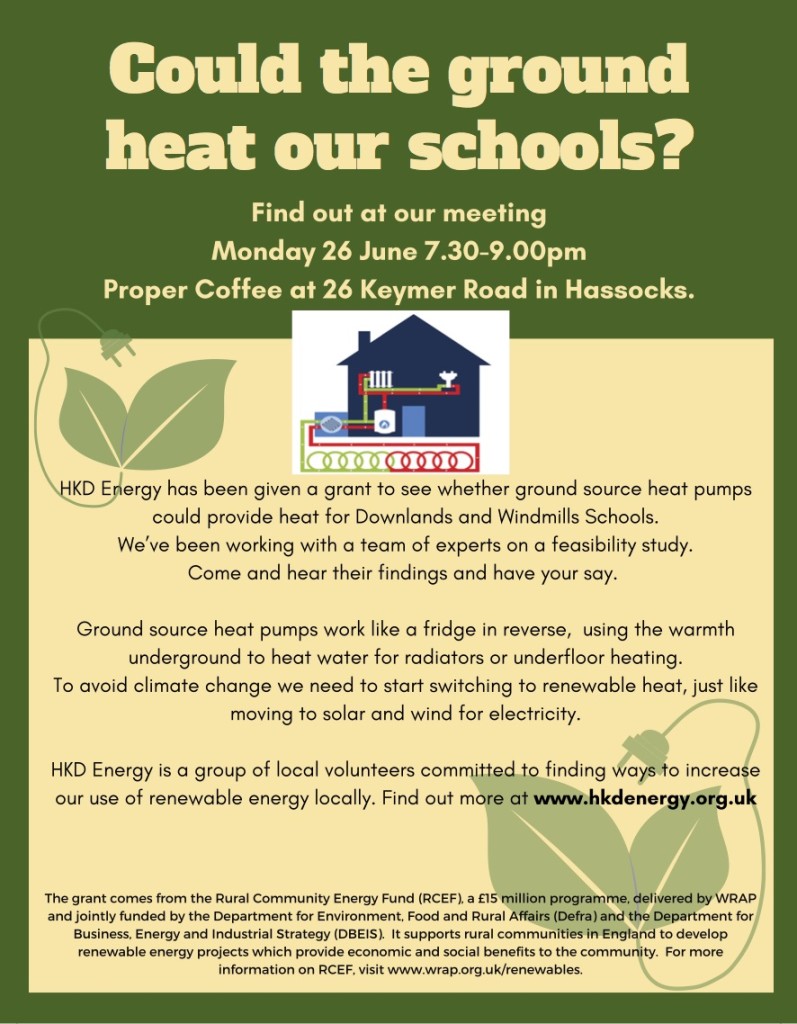Extraordinary circumstances
We’re sending this news update at a time of extreme uncertainty about just how serious the Corona-19 crisis will become. We trust all on our mailing list are coping well with the extraordinary circumstances.
The objective of this newsletter is to provide a brief update of our own news, including a message to our shareholders about interest payments. We are also taking the opportunity to mention some of the encouraging work being done by other nearby community energy groups.
Interest payments
We’re pleased to be making the fourth round of annual interest payments to shareholders in March or early April. The payments include dividends at the 4% rate agreed at the AGM, plus capital repayments at 1/18th of your original investment. Online payments will be made using the bank details you have provided previously. Those of you who received cheque payments last year will be getting a cheque again unless you quickly advise our Treasurer Nick Owens that you would prefer an online payment. In this case, please advise your bank account number and sort code. (WhatsApp is a more secure way of doing this than by email, as WhatsApp messages are encrypted. Nick’s mobile number is 07817 081399, and email owens.nl@gmail.com.)
Email confirmation of payments, for evidence of the dividend receipt for your income tax records (for online dividend recipients) and letters likewise (for cheque dividend recipients) will follow over the next couple of weeks — they are labour intensive to produce and, for some, the volume of work-from-home has not paused because of COVID-19!
The future of HKD Energy
As explained at the AGM in October, in order to provide a more assured future for HKD Energy, we have been in discussions with OVESCo (based in Lewes) about a merger. These discussions have been proceeding with goodwill on both sides, albeit rather slowly. The pressure to resolve this has been alleviated considerably now that we have an additional director – Victoria Standfast. Victoria is a very welcome addition, being both a shareholder and also having the detail knowledge gained from submitting our regular VAT returns.
Downlands School solar systems
The two systems at Downlands continue to perform well and seem to have survived all the poor weather without problems. The poor weather gives reduced solar generation, of course, but has the benefit of effectively cleaning most of the panels (the seagulls are still rather overly fond of a few panels). A full inspection of the panels is due soon.
Solar Traction Project
Work is continuing on this project during 2020 and beyond. Any development in our area will not take place for two to three years. More information – https://www.ridingsunbeams.
Other Community Energy news
In the Brighton area, Brighton Energy Co-op have completed an impressive number of projects that they managed to pre-book onto the Feed-In-Tariff scheme before it finally ended. However, more recently, BHESCo have also been making impressive steps towards making community energy concepts work in the post-FIT environment, with their energy survey services, etc – their website tells the story – https://bhesco.co.uk
BHESCo have also recently announced a partnership with Co-op Energy/Octopus Energy and jointly launched a Community Power tariff.
HKD Energy are members of Community Energy South (CES), who are jointly organising (with Community Energy England) a conference titled “The Role of Community Energy in tackling the climate crisis & the race to net zero”. This will now take place online as a virtual conference on 30th April. More details on CES website: https://www.
Juliet Merrifield, Chair Nick Owens, Treasurer
Victoria Standfast, Director John Willis, Secretary


